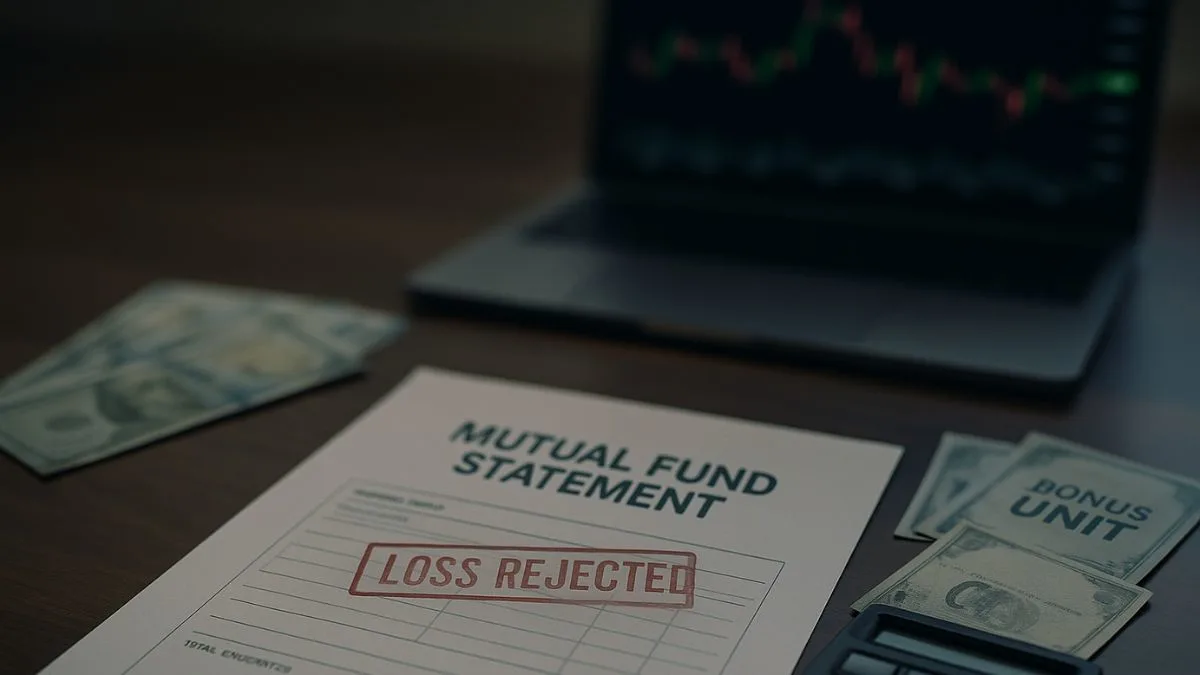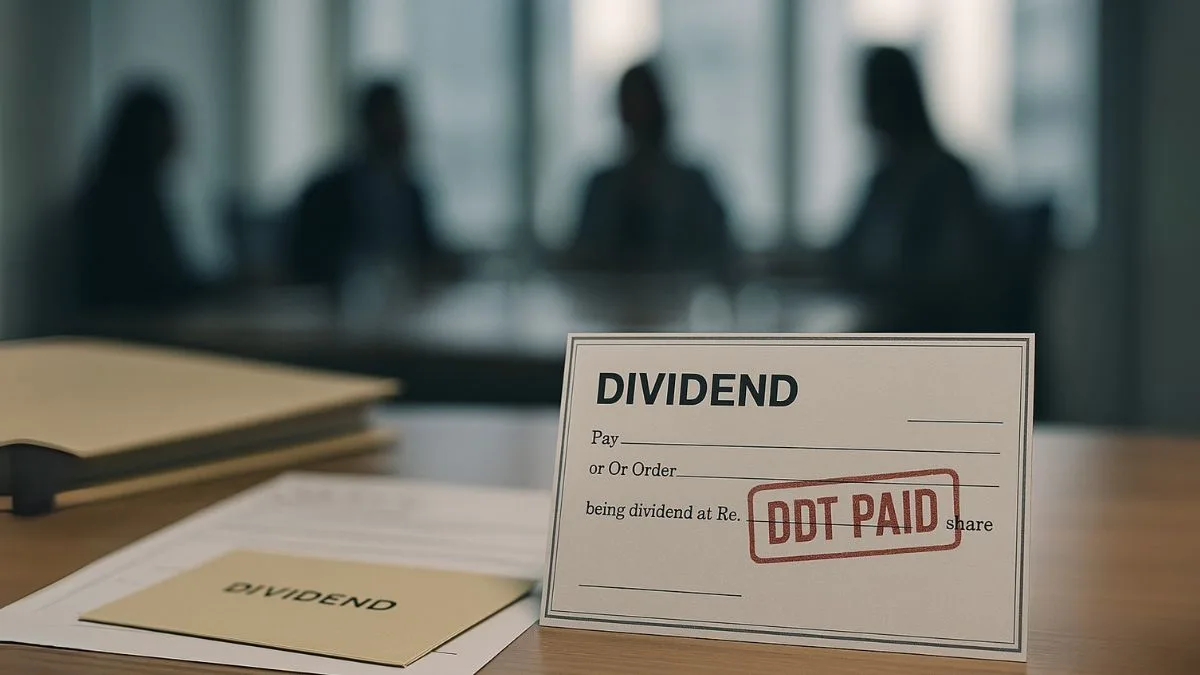
In investing, as in many things, timing can be a crucial factor in determining whether one saves or pays more taxes. In the 2013 Budget, the Canadian federal government proposed new measures to stop bonus stripping along with an anti-avoidance rule to eliminate tax arbitrage rather than wait for more costly court decisions in favour of taxpayers on how such loopholes could be exploited.
To combat such a situation, the provision of Section 94(8) of the Income Tax Act, 1961 was enacted. This part relates to tax avoidance by transactions in securities. More simply put, it prevents an investor from taking a hypothetical loss based solely on when his or her bonus unit or share transactions were made.
Let’s unpack this, from the letter of the law to some real-world examples & what it might mean for investors in 2025.
Background: Why Section 94(8) Exists
Prior to the introduction of Section 94(8), investors would take advantage of a tax deferral through mutual funds & stock that had leverage built in. They would:
- Purchase mutual fund units or shares by the record date of a bonus issue.
- Receive bonus units or shares.
- Sell the real units shortly after the bonus record date at a lower price."
- Take the loss on the sale of original units and keep the bonus units (which cost nothing).
This maneuver made it possible for them to offset taxable capital gains with artificial losses, even though they incurred no real economic loss.
To fill this gap, the Union Finance Act, 2004 inserted sub-section (8) in Section 94, logically taxing these bonus stripping transactions.
What Does Section 94(8) of Income Tax Act Say
Section 94(8) applies to shares of mutual funds & other securities. It states that:
“Where any person has acquired any securities or units within a period of three months prior to the record date fixed for allotment of the bonus shares or units and receives additional securities, then the loss will be ignored at the time of sale of original securities.”
Instead of permitting the ignored loss to be a capital loss, it is added to the cost of acquisition of the bonus units.
Also Read: Limitation on Interest Deduction in Certain Cases
Breaking Down the Key Conditions
|
Condition |
Explanation |
|
Acquisition Window |
Shares or units purchased within three months of the record date. |
|
Bonus Issue or Additional Units |
Free units or extra securities received from holding. |
|
Sale or Transfer Period |
Original units sold within nine months following the record date. |
|
Retention of Bonus Units |
Investor holds bonus units when disposing of original units. |
|
Tax Consequence |
Loss on sale of original units disallowed & added to bonus cost. |
This ensures that the loss is deferred until the bonus units are sold, preventing artificial windfalls.
Understanding “Record Date”
- The record date determines who is eligible for the bonus issue or dividend.
- The three-month acquisition & nine-month disposal windows revolve around this date as per Section 94(8)(b).
Example of How Section 94(8) Applies
Example:
Mr. Raj invests ₹10,00,000 in units of ABC Mutual Fund on 1 January 2024.
On 1 March 2024, the fund declares a bonus issue & he gets 1,000 bonus units for every 1,000 held.
After the bonus issue:
- The NAV decreases post-bonus.
- He sells original units in April 2024, realizing a notional loss of ₹1.5 lakh."
In this case:
- The ₹1.5 lakh loss is not available as a capital loss.
- It is added to the cost of acquisition of bonus units under Section 94(8).
- When the bonus units are sold, the adjusted cost will include that ₹1.5 lakh.
Also Read: Dividend Stripping and Capital Loss Restrictions
Legislative History – Intent and Anti-Avoidance Aim
The purpose of Section 94(8) is clear — it prevents artificial losses from bonus stripping.
By disallowing current loss claims & postponing them, the law ensures tax neutrality & fairness.
It is, therefore, called the anti-bonus-stripping provision.
Scope of Applicability
Originally, Section 94(8) applied only to mutual funds.
However, the Finance Act, 2022 expanded its scope to include:
- Shares of listed companies
- Debentures & bonds
- Exchange-Traded Funds (ETFs)
- Mutual fund units
From 1 April 2023, the section applies to all securities where bonus stripping is possible.
Impact on Investors
This section doesn’t penalize genuine investors but regulates short-term speculative strategies.
Key reminders:
- Buying within 3 months before & selling within 9 months after record date can trigger disallowance.
- The loss is deferred, not disallowed forever.
- The ignored loss adds to the bonus units’ cost, to be adjusted later."
Investors dealing around record dates should remain aware for accurate tax planning & compliance.
Also Read: The Anti-Tax Avoidance Rule on Securities Transactions
Calculation Example – Step-by-Step
|
Transaction Detail |
Amount (₹) |
Tax Treatment |
|
Cost Price Paid (1000 @ ₹100 each) |
₹1,00,000 |
Within 3 months up to record date |
|
Bonus Units (1:1 ratio) |
1000 units |
Received on record date |
|
Post-Bonus NAV |
₹50 per unit |
Adjusted NAV |
|
Sale of Original Units |
₹50,000 |
Notional loss ₹50,000 |
|
As per Section 94(8) |
— |
Loss ignored |
|
Cost of Bonus Units |
₹50,000 |
Loss added to acquisition cost |
Section 94(7) vs Section 94(8)
|
Basis |
Section 94(7) |
Section 94(8) |
|
Nature |
Deals with dividend stripping |
Deals with bonus stripping |
|
Applies To |
Shares, mutual funds, or securities |
Mutual funds & securities |
|
Mechanism |
Disallows loss on sale between ex-dividend & record date |
Defers loss on sale while holding bonus units |
|
Focus |
Prevents misuse of dividend distribution |
Prevents misuse of bonus issues |
|
Key Timing |
Buy 3 months before, sell 3 months after |
Buy 3 months before, sell 9 months after |
Practical Compliance Tips for Investors
- Check record dates before buying mutual funds or shares in bulk.
- Keep documentation like NAV history, statements, & transaction proofs.
- Consult a CA before claiming capital losses.
- Avoid tax-driven trades around bonus declarations.
- Ensure trades are genuine & long-term to stay compliant.
Recent Updates & Judicial Perspective
- After Finance Act, 2022, tax experts note that Section 94(8) now affects PMS (Portfolio Management Services) participants too.
- The CBDT clarified that it targets only artificial losses, not genuine investments.
- Judicial reasoning emphasizes substance over form — the spirit of fair taxation prevails.
Also Read: Tax Haven Transactions Under Scrutiny
Key Takeaways
- Section 94(8) prevents bonus stripping & artificial loss claims.
- Losses are deferred, not deleted — added to the bonus cost."
- Applicable from AY 2023–24 to mutual funds, ETFs, and shares.
- Protects tax neutrality & fairness for investors.
- Helps genuine investors stay compliant & tax-efficient.
Some Queries on Section 94(8) of Income Tax Act
Q1. What is Section 94(8) for?
To prevent taxpayers from claiming artificial capital losses via bonus stripping in securities & mutual funds.
Q2. What is the importance of “record date”?
It determines eligibility for bonus; all deadlines (3 months before, 9 months after) are based on it.
Q3. When can I claim losses under Section 94(8)?
The loss is deferred & included in the cost of bonus units — claimable only upon sale.
Q4. Is Section 94(8) applicable to equity shares?
Yes, after Finance Act, 2022, it applies to all securities including equity shares.
Q5. Does it cover dividend reinvestment plans?
No. It applies only to bonus issuances, not dividend reinvestments.
Conclusion
Section 94(8) ensures investors cannot generate artificial tax losses via bonus stripping. It doesn’t penalize real investors but ensures fair taxation on genuine economic outcomes.
Knowing this section helps with tax-efficient investing & accurate filing.
👉 Visit Callmyca.com — our Chartered Accountants will help you optimize your taxes, ensure compliance, and help you get every legal deduction you deserve.










